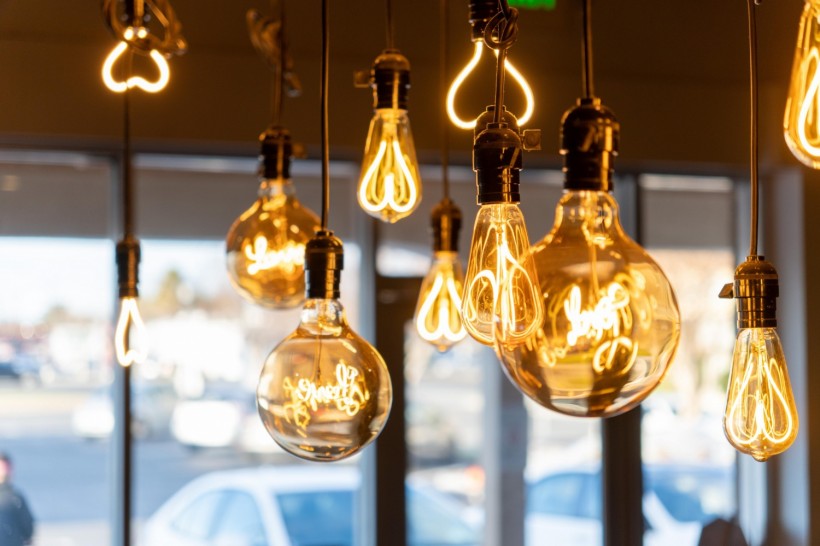Starting from August 2023, "normal" incandescent light bulbs are officially banned from sale in the United States. The Verge reported that users can still use them, although the more efficient LED or fluorescent bulbs will be the primary options available on store shelves.
Unlike in 2014, the ban is being fully enforced by the Department of Energy, with manufacturers and retailers having been informed for a year. Few loopholes exist, as any standard bulb generating less than 45 lumens per watt, including halogen technology, falls under the ban.

Incandescent Light Bulbs Banned in the US Starting This August, Making Way for Energy-Efficient Alternatives
Incandescent Light Bulb Ban
In April 2022, President Joe Biden's Department of Energy enacted a rule mandating light bulbs to emit a minimum of 45 lumens per watt, a measure of brightness.
As a result, the manufacture and sale of conventional incandescent bulbs, which typically provide only 15 lumens per watt, are effectively banned. In comparison, most LED bulbs surpass this requirement, offering 75 lumens per watt or even higher.
The Department of Energy clarified that not all incandescent light bulbs are prohibited under the new rule, CNN Business reported. Certain types, such as appliance lamps for fridges and ovens, black lights, bug lamps, colored lamps, infrared lamps, left-handed thread lamps, plant lights, flood lights, reflector lamps, showcase lamps, traffic signals, and specific specialty lights like marine lamps and certain odd-sized bulbs, are still allowed to be manufactured and sold.
The government is banning incandescent light bulbs because advanced technologies, like LED lights, offer significantly improved energy efficiency for illuminating homes.
As per the Department of Energy, these regulations are expected to result in nearly $3 billion in utility bill savings for US consumers and a reduction of 222 million metric tons of carbon emissions over the next three decades, helping combat climate change.
The ban on incandescent light bulbs applies only to their manufacture and sale if they produce fewer than 45 lumens per watt, not their usage. Many households have already transitioned to more energy-efficient LED bulbs, with almost half of US households using them for most or all indoor lighting, as per the 2020 Residential Energy Consumption Survey by the US Energy Information Administration.
READ ALSO: Metallic Ores in Congo Can Light Bulbs? Science Says, No [Fact Check]
Why Is the Ban Controversial?
The transition from traditional incandescent bulbs to LED lights marks the end of a political debate that was once a rallying point for Republicans, similar to previous partisan fights over issues like dishwasher efficiency and gas stoves, The New York Times reported.
Congress established national light bulb efficiency standards in 2007, requiring new bulbs to use 28% less power than older incandescent lights, which initiated the phasing out of the older designs. Attempts to repeal the requirement failed, and the Trump administration temporarily halted the second phase of the efficiency rules scheduled for 2020.
While about 20% of light bulb sales were still incandescents as of the first quarter of 2022, Europe has already phased them out since 2012. The European Union has also planned to ban all fluorescent lighting due to their lower efficiency and mercury content.
In the United States, compact fluorescent lights meet the new efficiency rules, but they are now sold less frequently, and additional efficiency standards proposed by the Biden administration may further restrict their availability.
RELATED ARTICLE: LED Light Bulbs: An Innovative Alternative to Traditional Lighting
Check out more news and information on Light Bulbs in Science Times.














